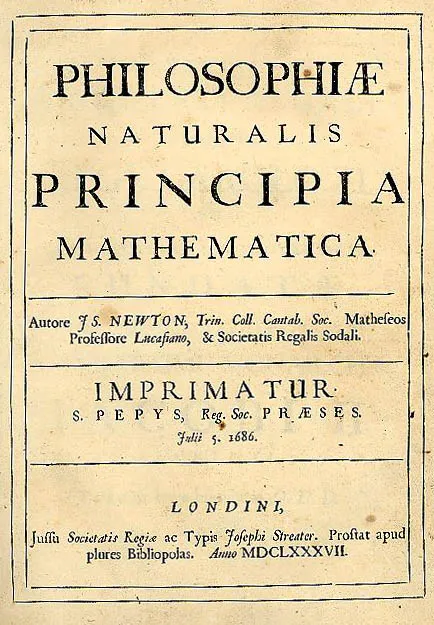
Many people are familiar with the story of "Newton's Apple" - while sitting under a tree one day, Newton observed an apple falling in the distance and realized the moon he saw in the sky orbits the Earth because of the same force that made the apple fall. This force is gravity, and Newton recognized that gravity acts over distances without physical contact - after all, nothing was touching that famous apple to make it fall. Masses feel gravitational force because every mass in the universe has its own gravitational field, which adds together with all of the other fields in the universe. According to Newton's theory of gravity, when a mass changes position, the entire gravitational field throughout the universe changes instantaneously, and the resultant gravitational forces are instantly changed accordingly.
But Einstein's Theory of General Relativity - the most commonly accepted description of gravity - asserts that no information can travel faster than the speed of light, including information on the positions of mass in the universe, which is communicated through the gravitational field. General Relativity predicts that a change in gravitational field will travel through the universe at the speed of light. It is exactly these changes in gravitational field that are gravitational waves.